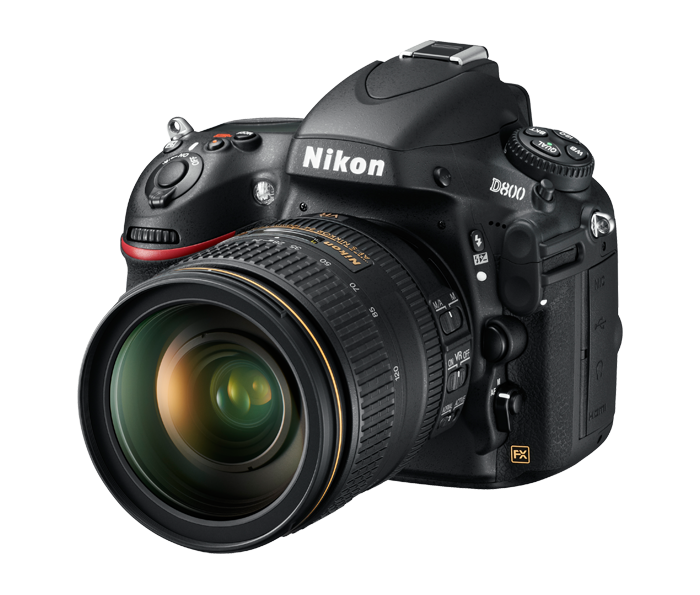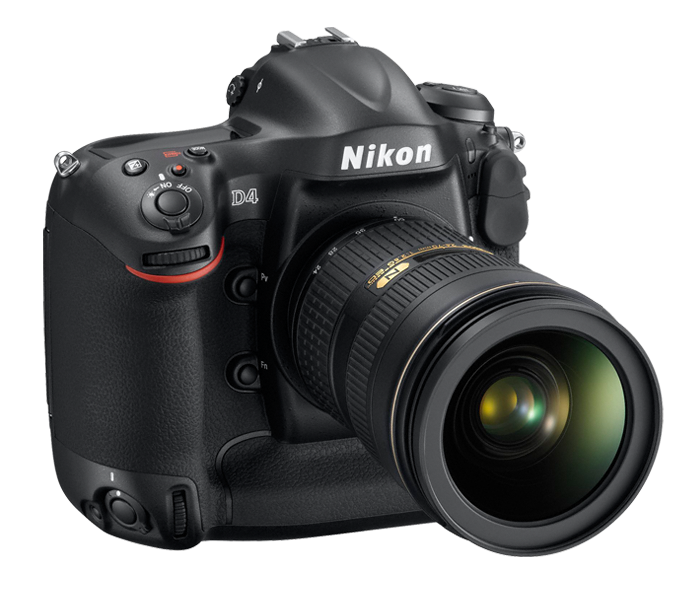
Yellow Door (Nikon D 700, Nikkor 35mm f2.0)
I am not a particularly good businessperson.
I run a solo medical practice which in these days is folly by definition. I do photography, and sell images off and on. I write a blog for free.
What I’m trying to say, is that I may not be the best person to criticize an iconic leader in photographic imaging like Nikon, in their business decisions.
But…. the web has created a forum for ill-informed and under-qualified people to comment on topics where they are out of their depth.
So here I go.
Nikon has introduced the long rumored 36mp FX format D 800. It is considered to be the replacement or upgrade for the for the 12 mp FX d700, still a favorite among working pros for its modest size and weight, robust body and weather sealing, great image quality, and wonderful low light capability. It‘s slightly crippled by what is now thought to be a limited frame rate of 4/second. The D800 will sell for around US$ 3000. As a landscape photographer, I may well buy one.

D 800 (photo by Nikon Imaging)
The physics of the D 800 sensor (pixel pitch) suggests that it will perform similarly to my DX format, prosumer D 7000. This is no bad thing, as I am rather happy with the files from that imager. The older D700 however has superior low light capability, overall cleaner images (megapixels aren’t everything) and more than sufficient resolution for most uses. Want to print 20″x 30″… not usually a problem.
Addendum: newer samples posted on the web suggest that the D800 high ISO capabilities may be equal to or at least approach the D700. If so, wow!
What I don’t understand is the logic of Nikon’s current model lineup.
The flagship Nikon supposedly is still the D3x, which at US$8000 and 24 mp, has 33% lower pixel count, roughly the same high ISO capability as the D800 (or maybe inferior) and is $5000 more expensive. The D3x has some advantages, such as a somewhat more robust build, vertical shooting position, and a longer shutter life, but the advantages don’t seem like enough to justify the price differential.
Announced right before the D 800, the D4 is a US$6000 FX 16MP rapid fire (11 frames per second) high-end body pro camera body (similar build to the D3x), which we assume will be very strong also in low light situations. It’s aimed at sport photogs and photojournalists.

Nikon D4 ( Photo by Nikon imaging)
It has a new and very capable autofocus system (but the same as the D800). It has outstanding video features, which are also essentially identical to its significantly cheaper, higher-resolution and newer “brother
I “get” the concept of the D4. Resolution beyond a certain point isn’t that important, but for shooting sports, speed and autofocus is everything. The D800 frame rate is significantly slower.
I think of all the bodies in the Nikon lineup, the D4 is best tailored to for its intended use.
So why make the D800 36 MP? Why did they not recycle the D3x sensor, perhaps improved, but in the smaller body form of the D700 ( something like they did with the D3 and the subsequent D700), and save the 36MP sensor for a D4x? Who will buy D3x now? And just how many megapixels can we jam into an FX-sized chip before negatively impacting the file quality?
I do hope they will continue to produce a D700, or a similar body well into the future. May be there could be a D700s with the D4’s sensor.

Dorrance Farm Morning (Nikon D700, Nikkor 35mm f2.0)
It is also worth considering that such high-resolution sensors require very high quality lenses, and very disciplined shooting techniques to exploit their full potential. This may be why Nikon realizes that the D4, the true working photographer’s camera, will be just fine with half the D 800’s megapixels.
The good news is that Nikon just put their highest resolution sensor, in a body I can probably afford. The bad news is that I may need to invest in even better lenses than I own, to make it work.
I might just rather have access to the D4 imager, at an even lower price.
I can do a lot with 16 million really clean pixels.
